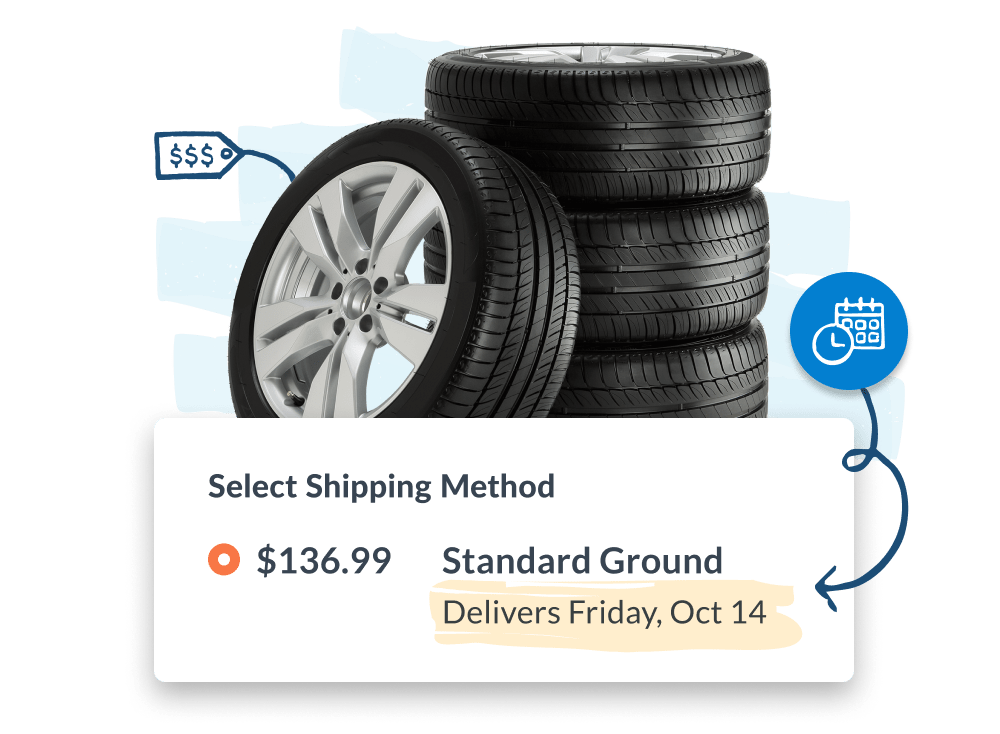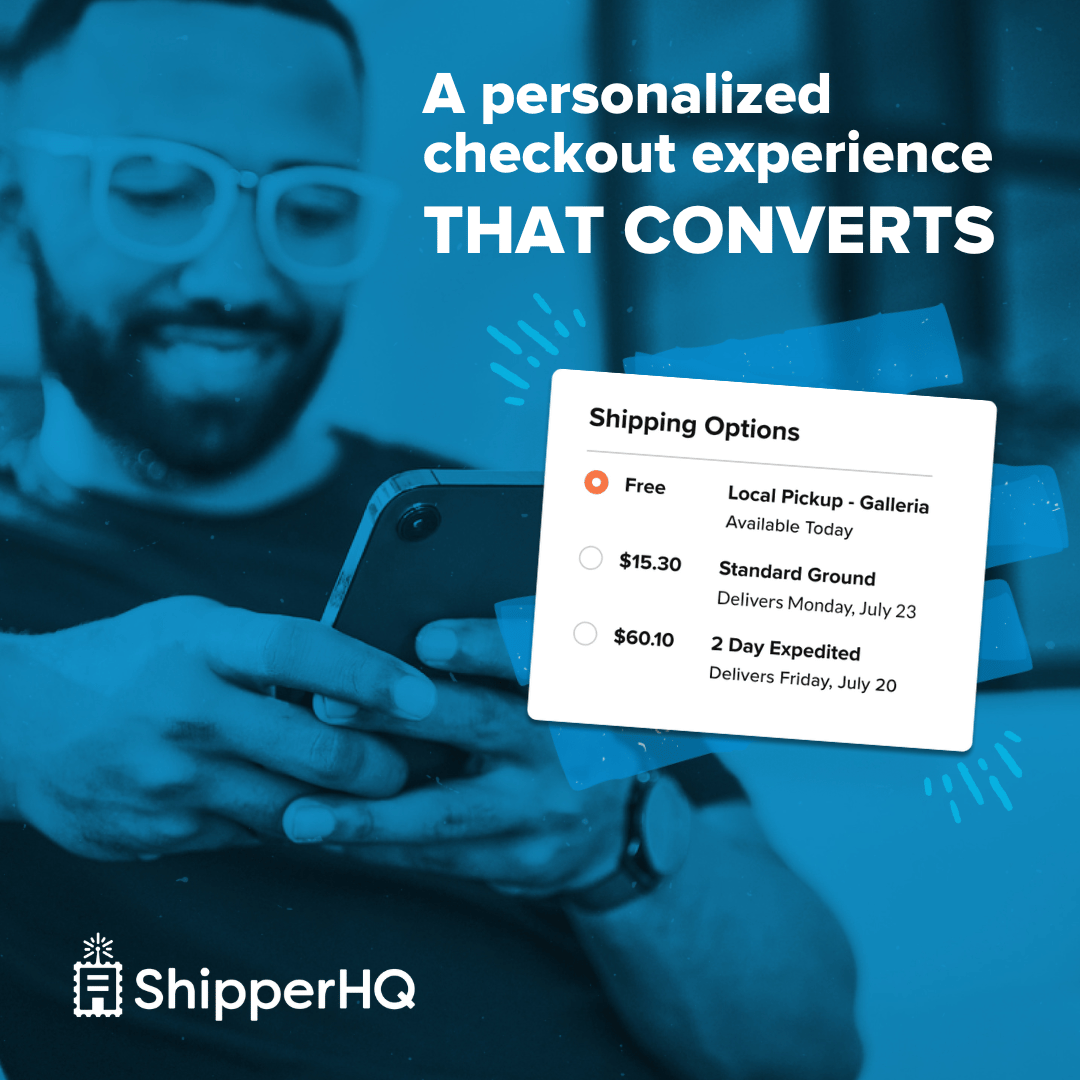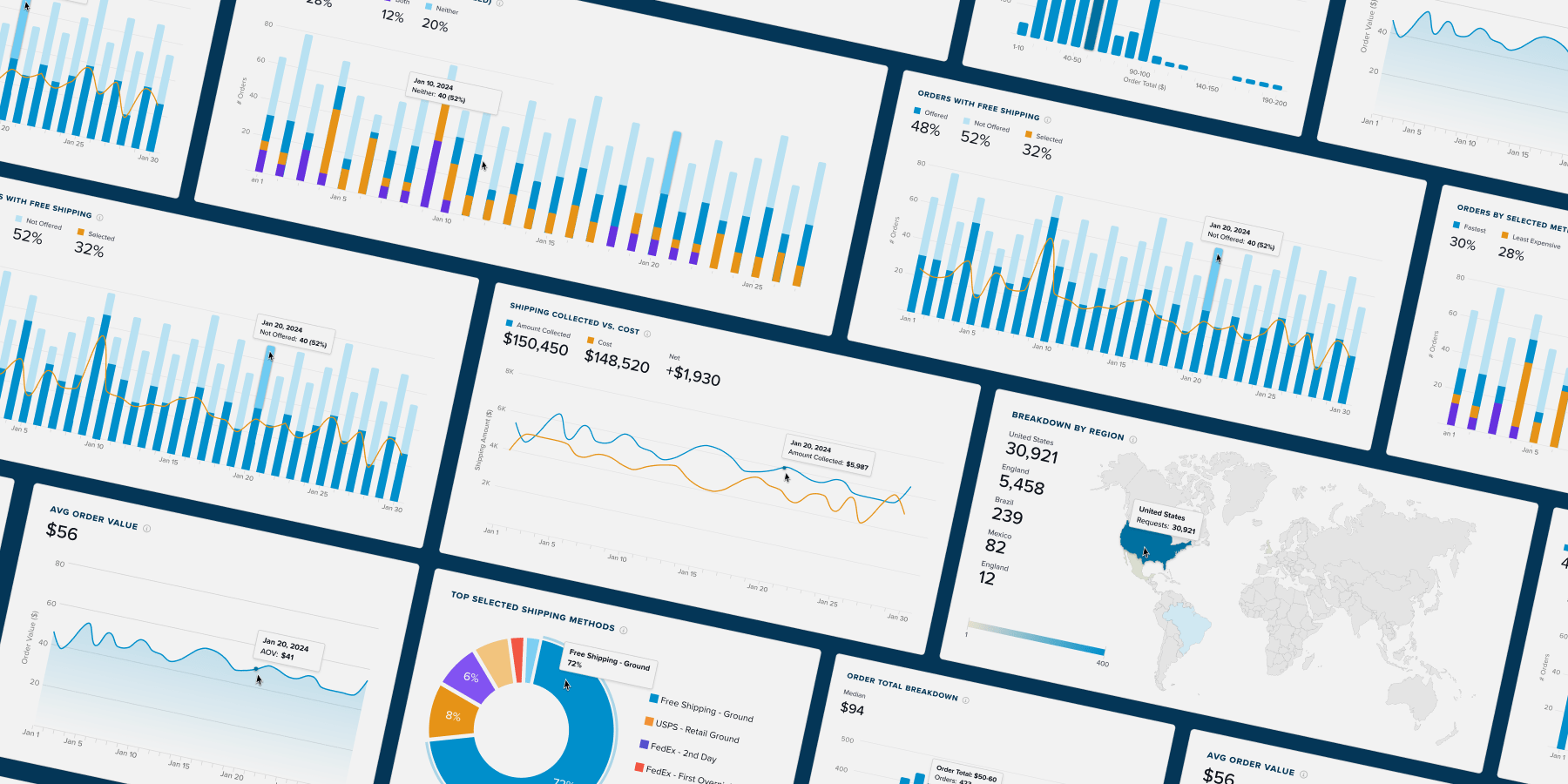When it comes to online shopping, the checkout process is often where a sale is made or lost. A significant percentage of shoppers abandon their carts during this crucial step. According to Baymard Institute, 48% of online shoppers abandon carts due to extra costs such as shipping fees and taxes. For eCommerce merchants, optimizing the shipping experience at checkout is no longer a luxury— it’s a necessity for survival in today’s competitive landscape.
A seamless shipping experience not only enhances the overall customer journey but also serves as a lever to boost conversion rates and reduce cart abandonment. Let’s explore how shipping plays a pivotal role in checkout optimization and uncover actionable strategies to create a frictionless shopping experience.
- Why Shipping Matters in Checkout Optimization
- How Optimized Shipping Reduces Cart Abandonment
- Steps to Achieve eCommerce Checkout Optimization
- Conclusion: Key Takeaways
Why Shipping Matters in eCommerce Checkout Optimization
The checkout experience is the final touchpoint in the buyer’s journey. At this stage, a shopper has invested time and emotional energy in browsing products, selecting items, and is now ready to make a purchase. However, it’s also the moment where they will evaluate the total cost, including shipping, and the logistics of getting the product to their door. If something doesn’t feel right— whether it’s unexpected costs, limited delivery options, or ambiguous delivery timelines— they’re more likely to abandon their cart.
The Checkout Experience Breakdown
Shipping is often one of the most critical and potentially disruptive aspects of the checkout process. Customers expect clarity, speed, and delivery flexibility. A lack of transparent pricing, confusing shipping options, or long delivery times can quickly frustrate them, resulting in cart abandonment. Conversely, a well-optimized shipping experience can transform a one-time shopper into a repeat customer.
Customer Expectations Are Higher Than Ever
Today’s shoppers demand more from their shipping experiences. Transparency is key, as is the need for fast, affordable, and reliable delivery. Over 50% of customers want real-time updates on their order status and 86% of consumers are willing to pay extra for same-day or faster delivery. These expectations mean that offering a seamless, tailored shipping solution can make or break a sale for you.
With the right strategies, such as integrating real-time shipping rates, providing a range of delivery options, and offering accurate delivery date estimates, you can meet these high expectations and even exceed them.
How Optimized Shipping Reduces Cart Abandonment
When we talk about cart abandonment on the checkout page, it’s not just about customers being indecisive. The barriers are often logistical, with unexpected shipping costs or the lack of delivery options driving shoppers away. Optimizing shipping within the checkout experience can directly reduce this friction and keep shoppers on the path to purchase.
Shipping Costs and Options
Nothing makes a customer abandon their cart faster than surprise shipping costs. When a shopper gets to the checkout and is met with charges they didn’t anticipate, it erodes their trust and enthusiasm for completing the purchase. Offering clear and real-time shipping rates based on their location, preferred carrier, or urgency will improve the customer’s decision-making process.
Customizing the Shipping Experience for Different Shoppers
One size does not fit all when it comes to eCommerce shipping. Different customers have different needs— whether they prioritize cost, speed, or convenience. By offering personalized shipping options, such as free shipping thresholds, same-day delivery for local customers, or expedited shipping for those in a hurry, you can cater to a broad audience and meet their specific requirements.
Steps to Optimize The Checkout Experience
Creating an optimized shipping experience is not as simple as offering free shipping across the board. It’s about smart, strategic choices that enhance the customer experience while maintaining profitability. Here are some actionable steps to optimize shipping during checkout.
- Offer Real-Time Shipping Rates: Provide real-time shipping rates that reflect the customer’s location, the size of their order, and the available carriers ensuring there are no last-minute surprises at checkout.
- Provide Multiple Shipping Options: Customers value flexibility. Offer a range of delivery options, from standard ground shipping to next-day or even same-day delivery.
- Use Free Shipping Thresholds: Free shipping remains one of the most powerful tools to encourage customers to complete their purchases. Set thresholds that encourage customers to add more to their cart, increasing your average order value while absorbing the shipping costs.
- Provide Accurate Delivery Estimates: One of the most frustrating aspects of online shopping is the uncertainty around when a package will arrive. Providing delivery date estimates, based on real-time data, helps manage customer expectations.
Checkout Optimization: Key Takeaways
Shipping is not just a logistics concern— it’s a critical part of the entire online shopping experience. It dramatically impacts conversion rates and customer loyalty. By optimizing your shipping strategy, you can not only reduce cart abandonment but also create a more satisfying customer experience.
ShipperHQ is designed to help merchants achieve these goals. With our no-code platform, you can build a seamless eCommerce checkout process that addresses your customers’ unique needs while keeping your shipping costs under control.
Ready to transform your checkout experience and supercharge sales? Sign up for a 15-day free trial and get started with smarter shipping.
eCommerce Checkout Optimization FAQs
1. What does checkout optimization mean for online stores?
Checkout optimization refers to improving the checkout process on the website to make it faster, easier, and more user-friendly. This involves streamlining checkout steps, minimizing distractions, and offering relevant shipping options that boost conversions.
2. What are the best practices for increasing conversions?
Best practices for increasing checkout conversions include:
- Offering multiple delivery options.
- Enabling guest checkout to reduce barriers for first-time buyers.
- Simplifying the form fields required at checkout.
- Displaying accurate delivery dates.
- Providing free shipping with a threshold.
3. How can shipping options impact conversion rates?
Shipping options play a vital role in online conversions. Providing accurate delivery dates, multiple shipping choices (e.g., standard, expedited), and transparent shipping costs reduces cart abandonment.
4. How can businesses measure the success of checkout optimization efforts?
To measure success, businesses should track key metrics such as:
- Cart abandonment rate: The percentage of users who leave without completing their purchase.
- Conversion rate: The percentage of users who complete a transaction.
- Checkout duration: The time it takes customers to complete the checkout process.
- Net Promoter Scores: Surveys to gauge overall user satisfaction.








